We often hear interior designers talk about the importance of bringing texture into an interiors scheme – but why does this matter, and what does it look like in practice? This month, we’ve turned to our resident interiors....
[Image] Our recently sold property on Twickenham Road shows how you can still bring through texture with a mininal colour palette
We often hear interior designers talk about the importance of bringing texture into an interiors scheme – but why does this matter, and what does it look like in practice? This month, we’ve turned to our resident interiors writer Joanna Thornhill to talk us through the ways we can work with layering together different textures and materials, to finish off any room redesign or property staging project. Read on for her take on this topic:
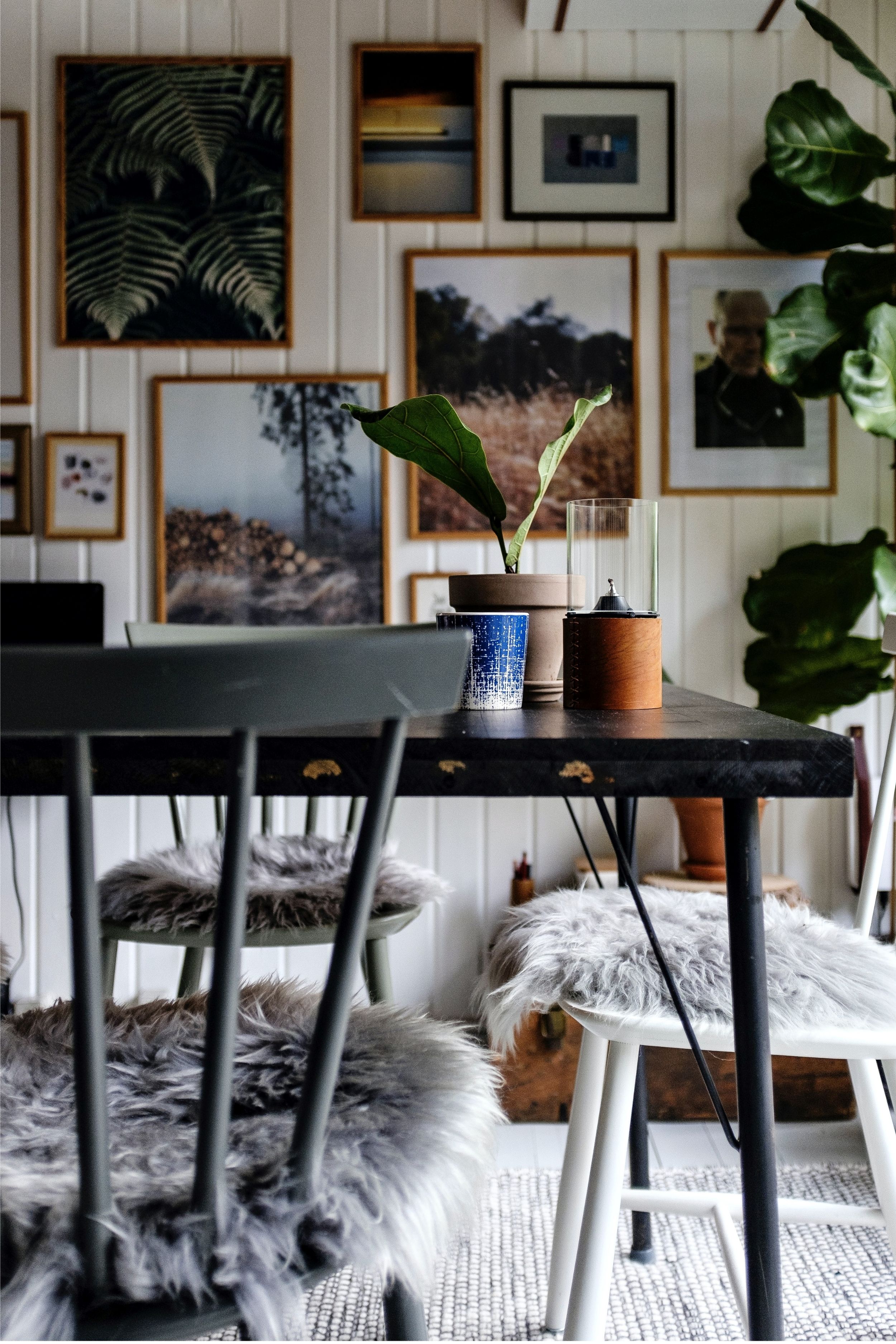
[Image] Play with different types of hard and soft materials together in the same space, to bring warmth and character.
When you think of bringing texture into your décor, it’s usually on a simply aesthetic level – but did you know that certain surfaces and materials can actually benefit your wellbeing too, providing you with comfort during times of anxiety or even helping to lower blood pressure? A child might often reach for their favourite ‘comforter’ blanket if they’re feeling distressed – and although as adults we tend to use different coping mechanisms, research has shown that when we’re in a negative emotional state, we can be more receptive to more tactile surfaces to soothe us.
‘Real’ materials too, such as solid wood, can also benefit our wellbeing: studies have shown that not only do they help us feel more connected to nature, which helps us feel more grounded, they can even have a positive impact on our blood pressure.
So how else can we layer texture into the home? Here’s some actionable tips to try:

[Image] Use textiles creatively in the home, such as hanging an oversized table runner over a glass door to bring privacy without too much light loss.
1. Introduce embossed and woven detailing
Not really a fan of colour and pattern but want to bring in a little something extra? Keep an eye out for textiles and furniture with some sort of embossed pattern directly in its structure, be it a woven macrame wall hanging, a vintage throw with stitch detailing, or even a wooden cabinet front with routed lines in its doors, to provide something other than a flat surface. Vintage textiles in particular often aid this look, as their age brings with it a sense of character that’s hard to reproduce in newer materials. If you’re a single-palette kind of person, this can be a great way to bring in texture into an otherwise minimal scheme.
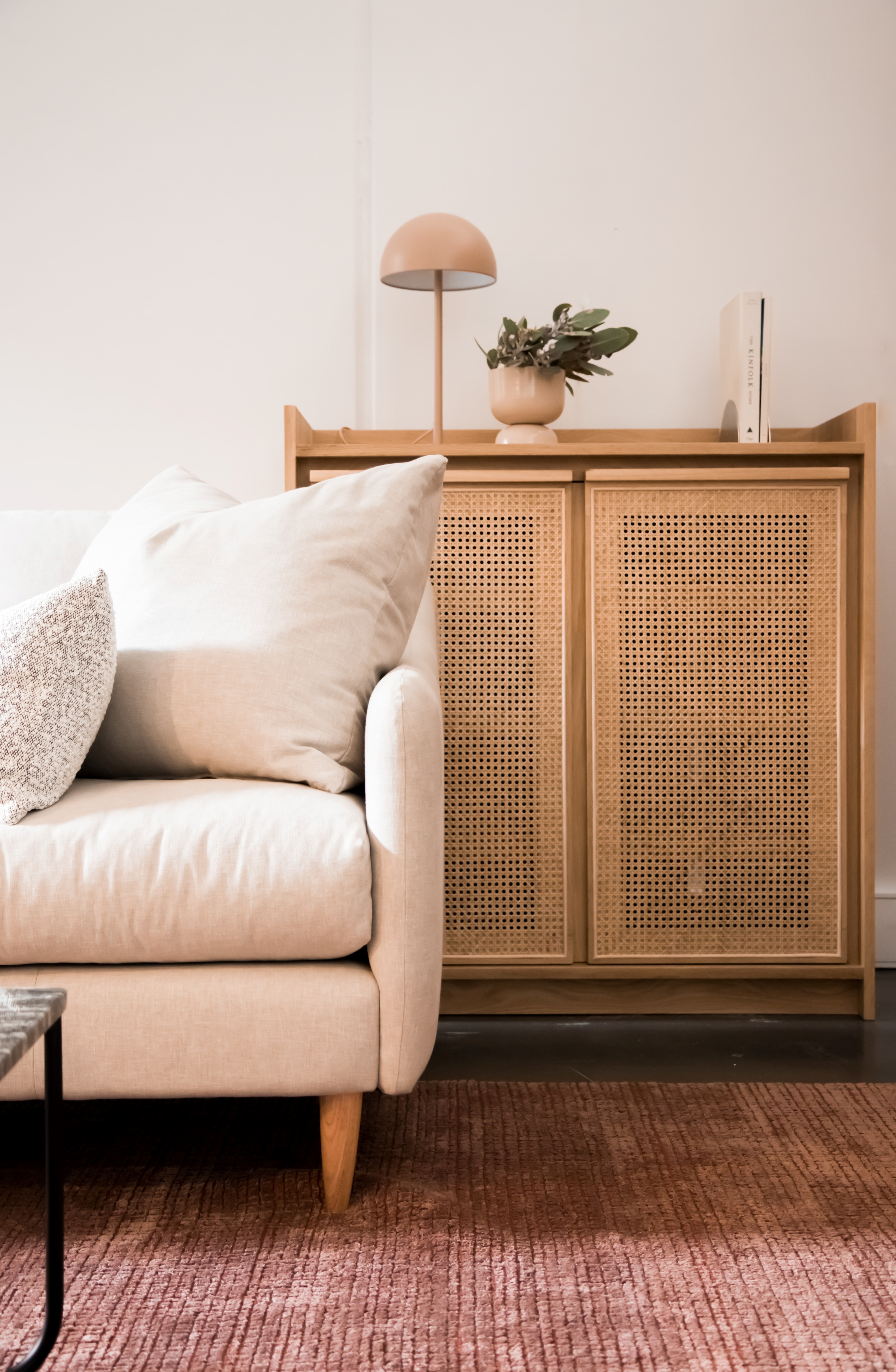
[Image] Complement a natural palette with a mixture of earthy tones, from warm neutrals to dusky dark pinks.
2. Try rattan and cane webbing
A look that’s proven hugely popular in the last few years thanks to its cool retro vibes and eco credentials, decorating with bamboo, rattan and wicker can be a great way to sneak in some extra texture across otherwise hard surfaces such as cupboard doors and kitchen chairs. Left in their natural state, their warm honey-toned looks and soft edges help bring an overall feel of softness into the spaces they inhabit. Cane webbing – as seen inlaid into the cupboard door above – can be another great way to introduce further warmth and pattern, along with a feeling of lightness, due to the holes inherent in its design.
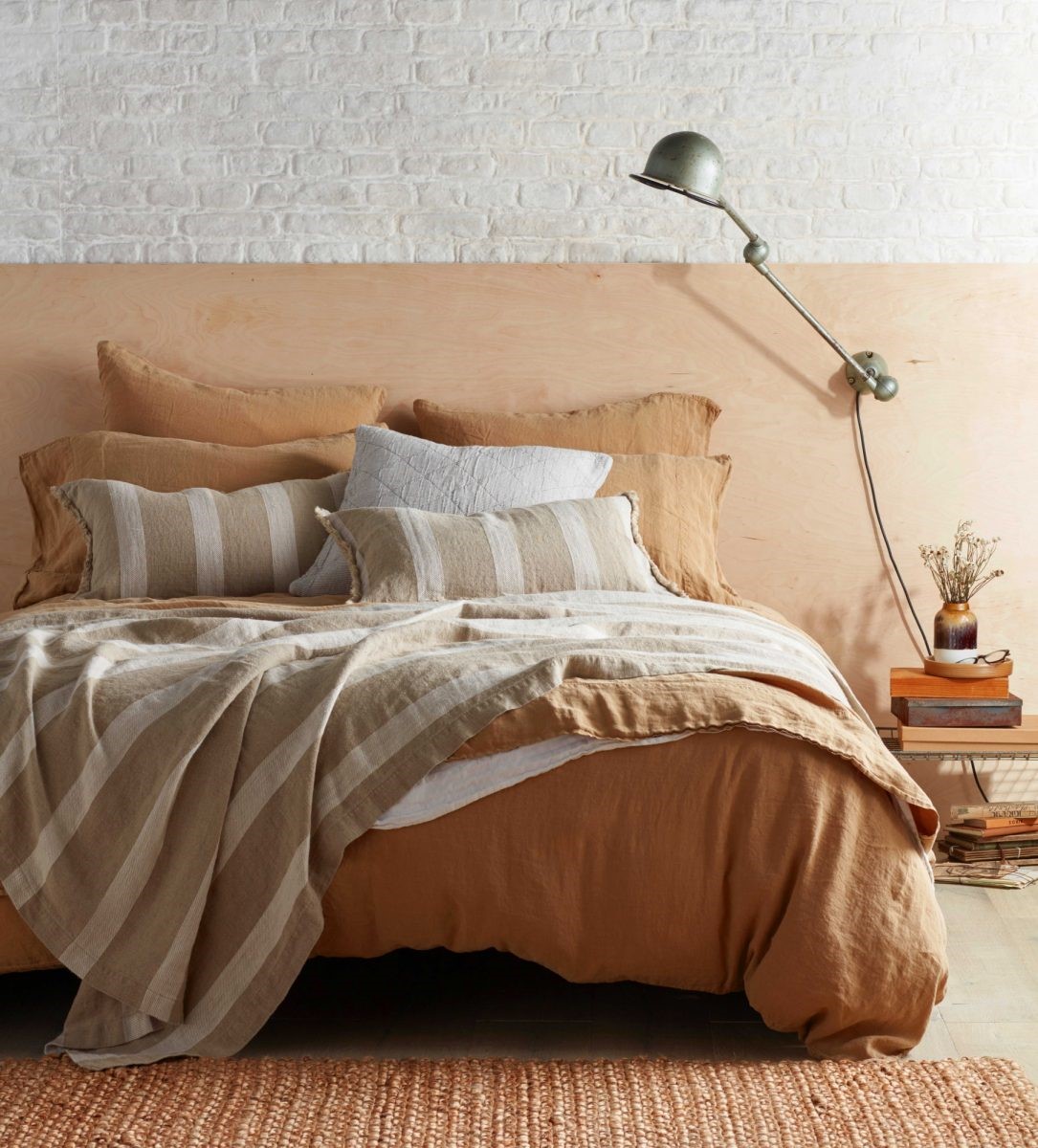
[Image credit] Go for ‘effortlessly rumpled’ over ‘army dormitory’ when it comes to styling a sink-into-me bed. Image and all linens featured from Secret Linen Store
3. Layer up beds and sofas
If your motivation for introducing layered textiles is to aid a cosy, comfortable look (as well as to ensure you have blankets and throws to hand if things get chilly), don’t undermine that goal by creating a look that’s too formal. When I style photoshoots for clients, a gentle mismatch or a casual ruffling of throws and cushions always creates a more desirable, homely space. Beautiful natural fabrics generally work best for this (as well as offering a more sustainable option than synthetic alternatives), so seek out natural linen sheets, woollen throws and organic cotton cushion covers. Avoid full matching sets in favour of a more organic overall look, and instead mix in designs which share a similar palette, or sit comfortably together, such as pairing ditzy florals with some cool stripes.
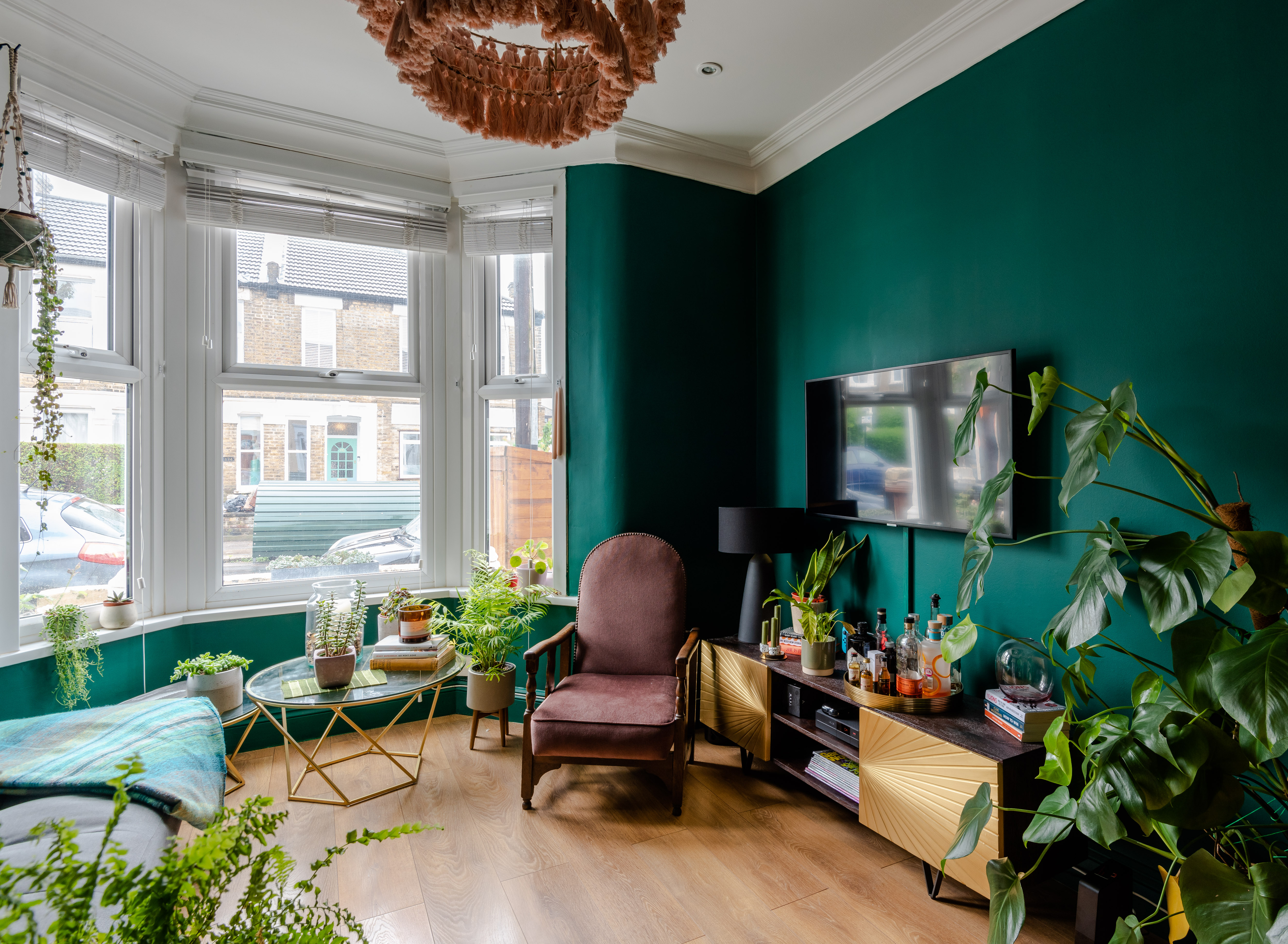
[Image credit] Deep forest green walls create a perfect wraparound backdrop for a plant-filled space, as seen in Albert Road, one of our recently sold properties
4. Build up your plant collection
You might not have considered plants as texture-providers, but they do a wonderful job of adding tactility and (literally) life to a living space. In true layering style, try bringing them in in different ways: opt for a tall upright plant such as a fiddle leaf fig, monstera or cactus euphorbia in a corner, sneak in some smaller succulents or begonias onto tabletops and sideboards, then bring in trailing hanging plants from ceiling hooks, curtain rails or suspended from shelving via S hooks.
Let us know what tricks you’ve tried for bringing texture into the home!


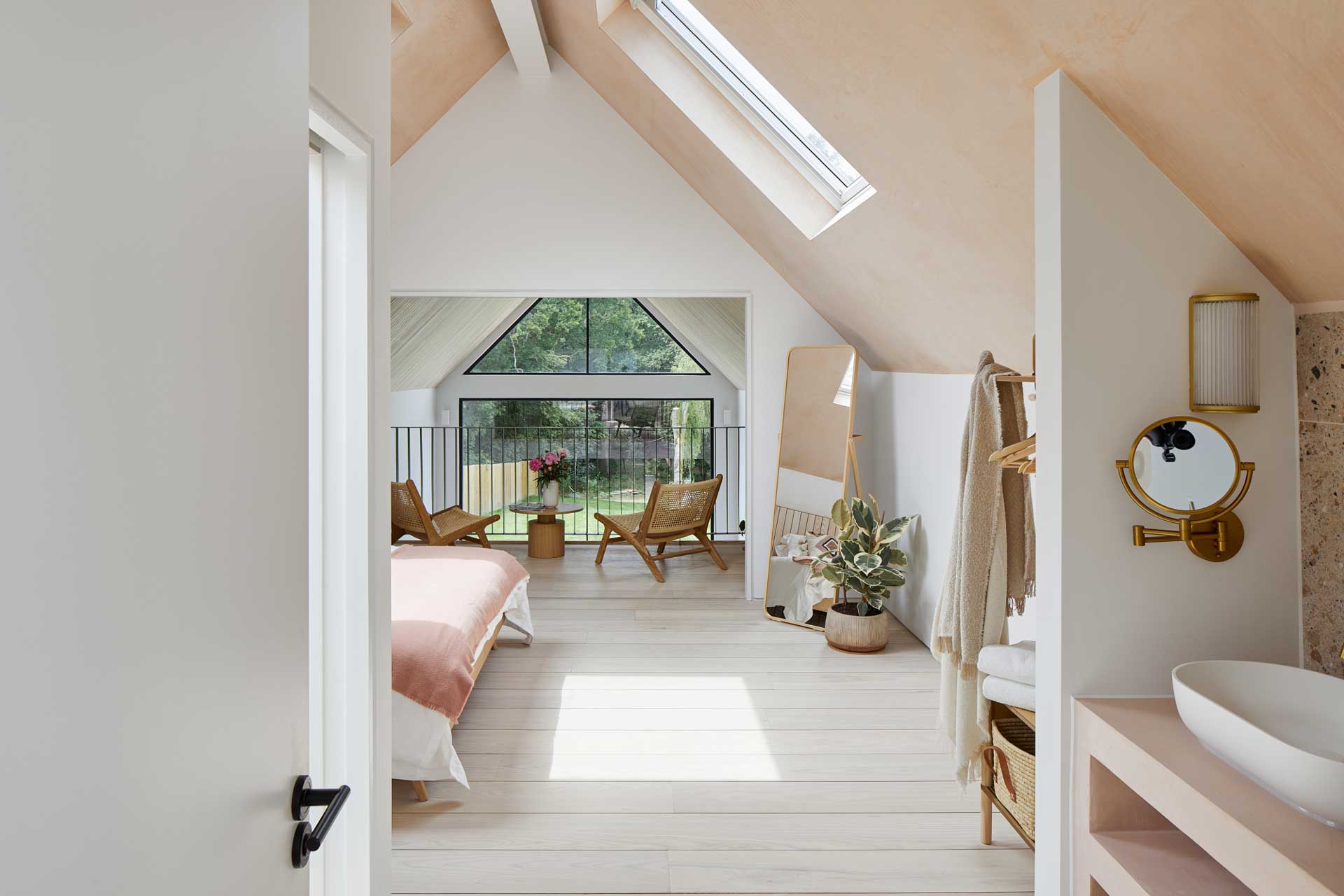
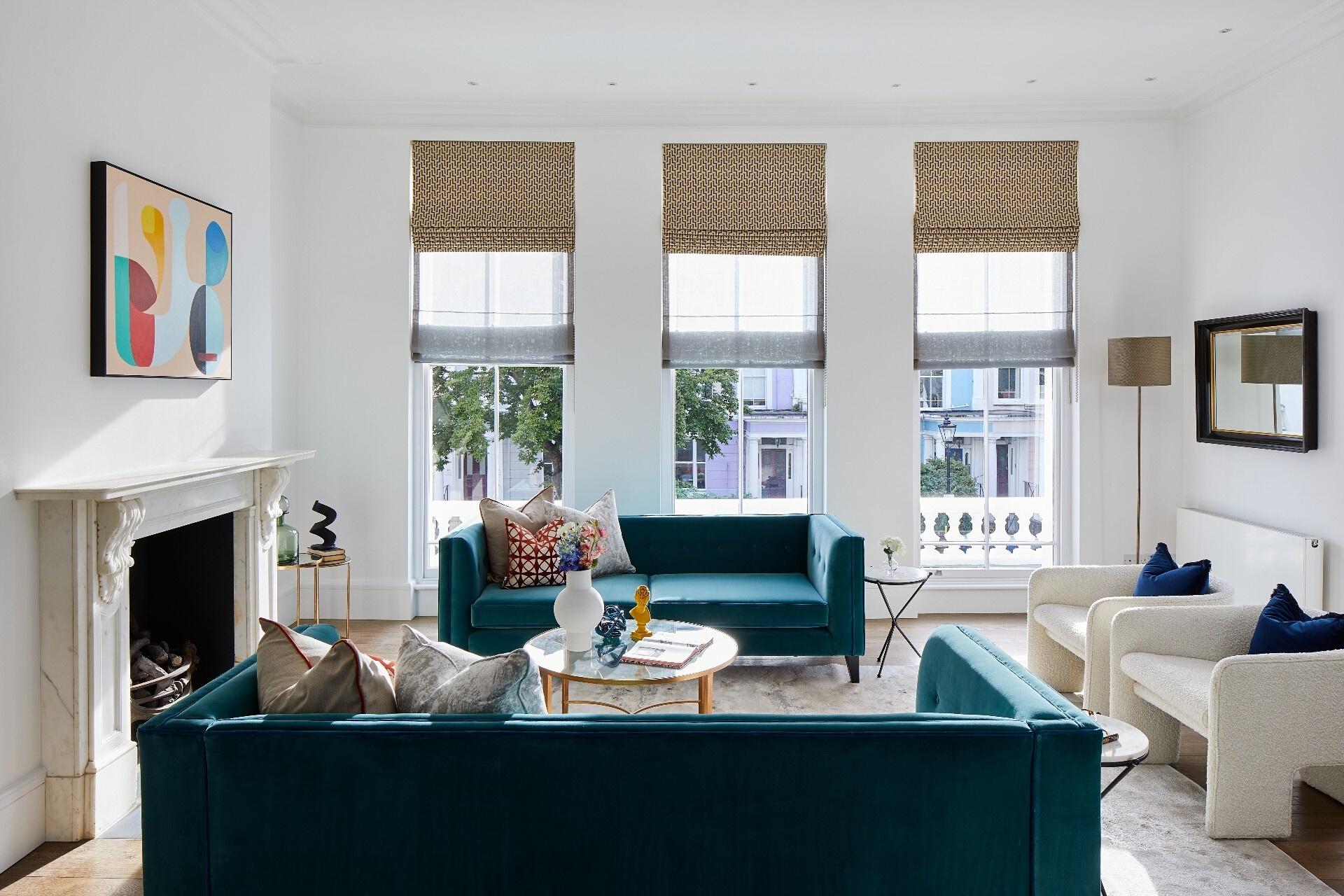
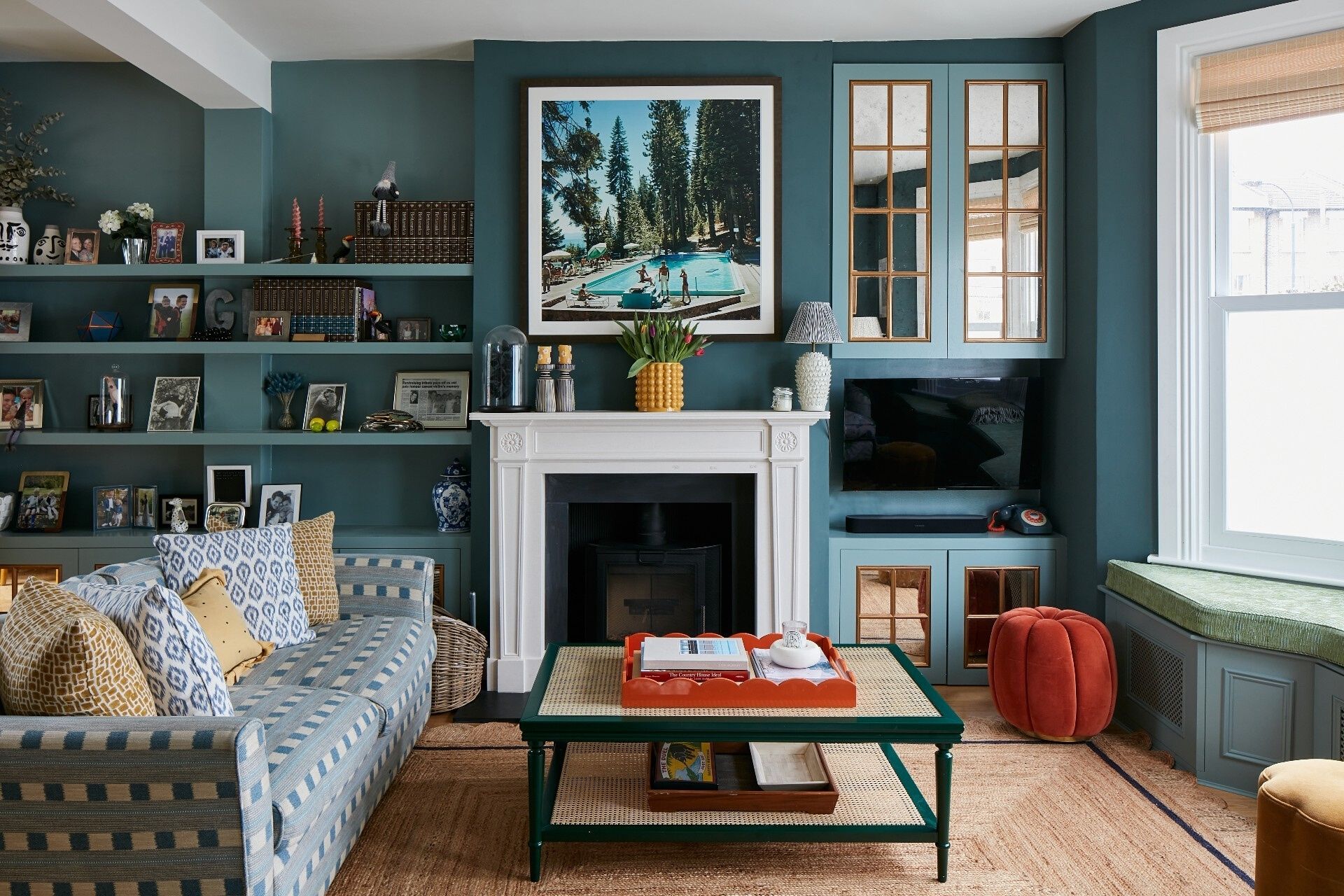
Share this with
Email
Facebook
Messenger
Twitter
Pinterest
LinkedIn
Copy this link